Ethereum (ETH) price stabilized near $3,600 after recovering from last week’s low near $3,300, though the token fell over 3% on Aug. 5.
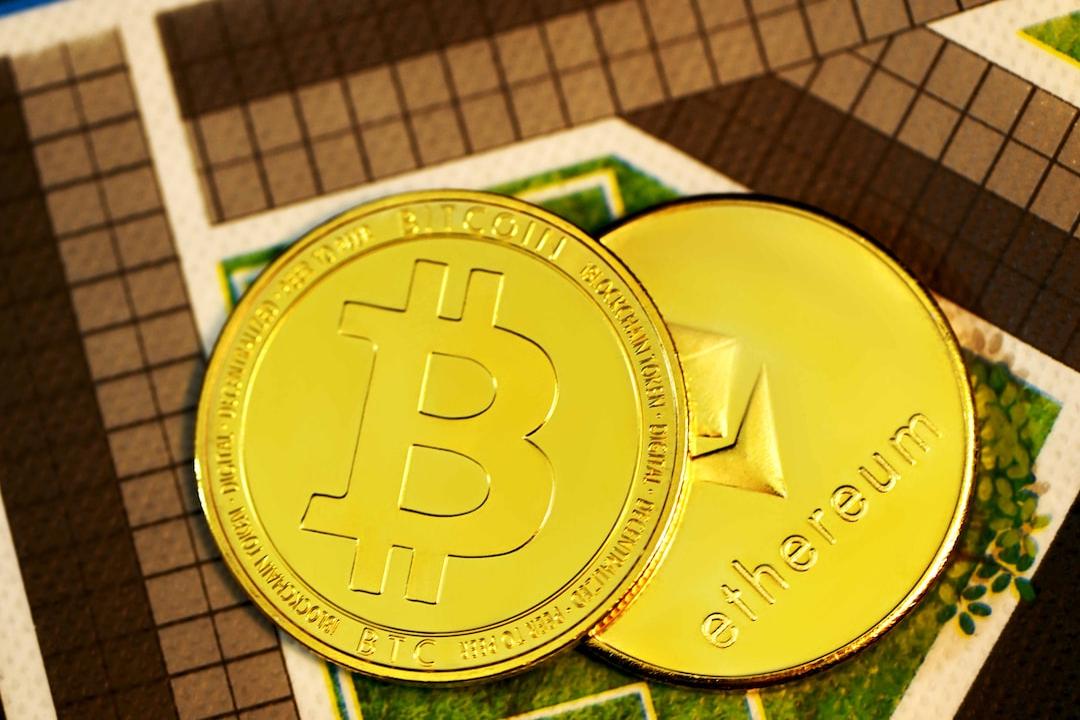
The July pullback was brief, and buyers quickly regained control as ETF optimism and institutional rotation into ETH reasserted themselves. Market structure remains intact on higher timeframes, with bulls eyeing a retest of $4,000—a level that capped July’s advance.
Now, a historical fractal suggests Ethereum may be gearing up for something bigger. Two key signals indicate a potential rally toward $5,000 by early Sept. 2025.
Fractal Pattern, ETF Flows Set Stage for Ethereum’s $5K Test
A seasonal fractal may be forming around Ethereum, with historical post-halving price behavior in focus.
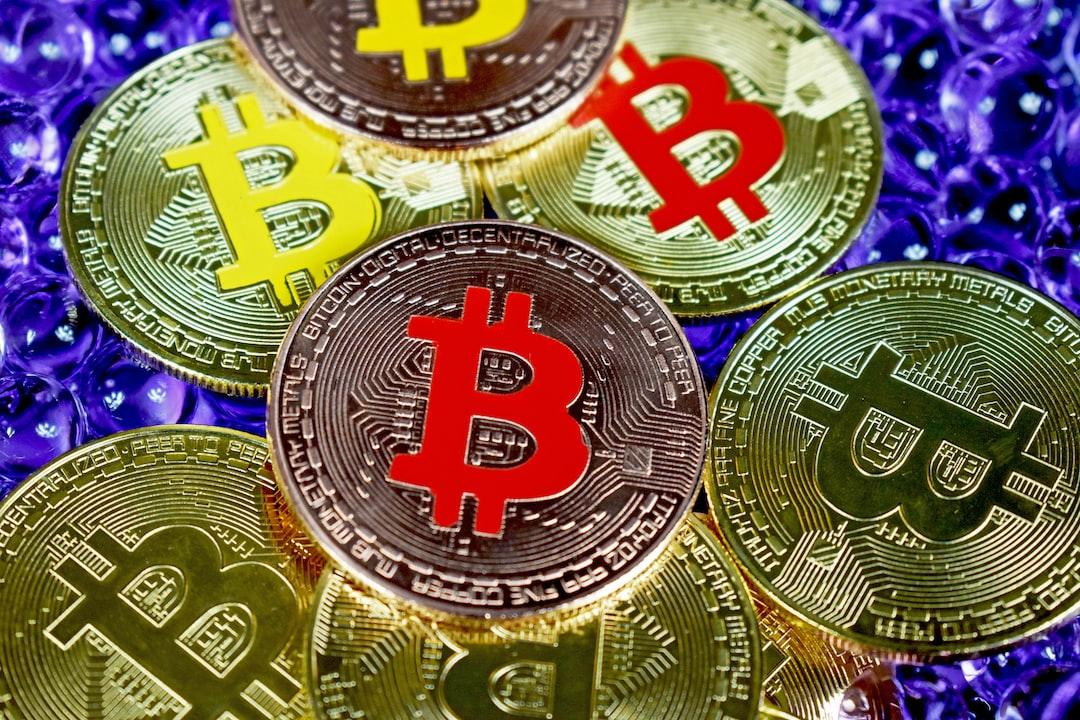
According to analyst Alek Carter, ETH has historically posted strong gains in August following a Bitcoin halving year. He highlighted an average return of +64.2% during such Augusts, suggesting that ETH may once again ride the broader market wave sparked by Bitcoin’s cyclical strength.
The pattern tracks closely with Bitcoin’s own post-halving August rallies. BTC gained +30.4% in Aug. 2013, +65.3% in Aug. 2017, and +13.8% in Aug. 2021—all years following a halving. The timing aligns: Ethereum tends to follow Bitcoin’s directional cues with a slight lag, particularly in bull market setups. If the fractal repeats, ETH’s price could test the $5,000 level by early September.
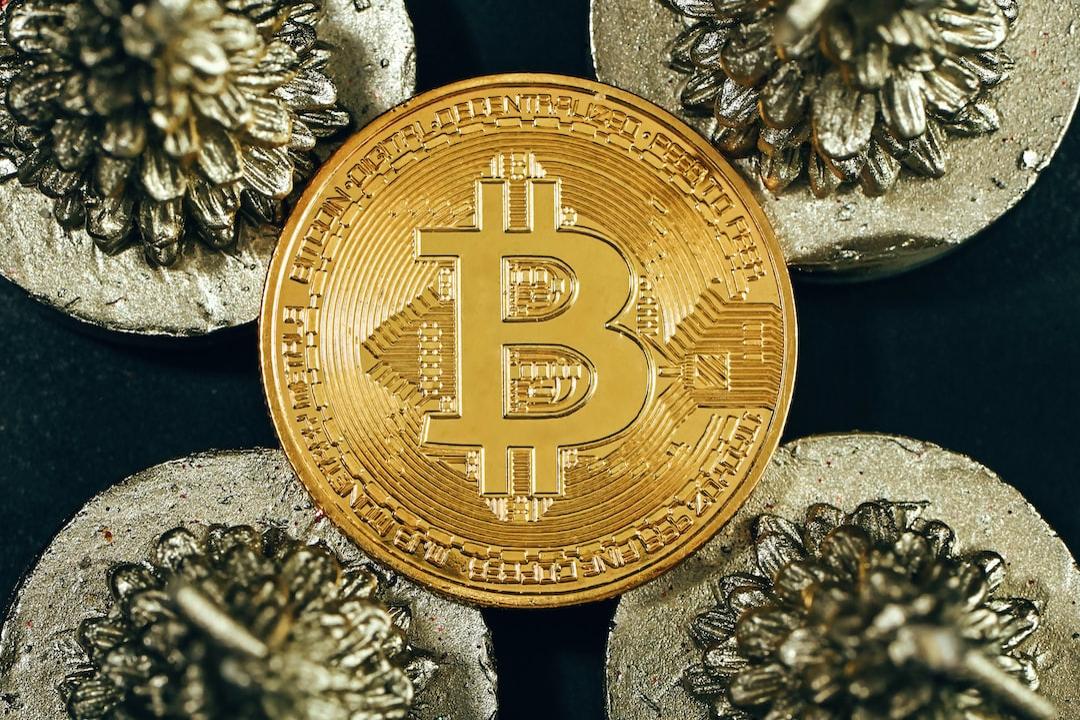
Institutional activity backs the idea that ETH has room to run. Matt Hougan, CIO at Bitwise, noted Ethereum ETFs absorbed $5.4 billion in inflows during July, a record month. Hougan emphasized that Ethereum’s market cap is only about 20% that of Bitcoin, which would make those inflows equivalent to $27 billion if scaled to BTC’s size—highlighting the intensity of interest from professional investors.
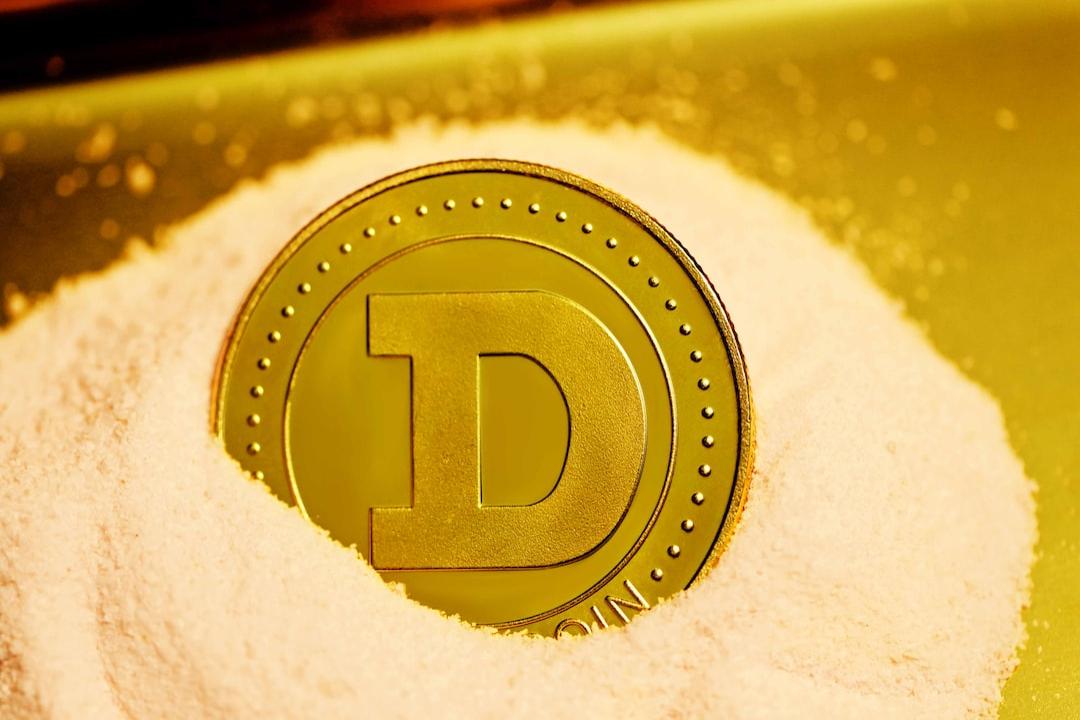
Institutional positioning remains supportive of the bullish thesis. According to CoinShares, Ethereum recorded $133.9 million in weekly inflows during the week ending Aug. 2. This suggests that professional investors continue to allocate capital into ETH products, even as month-to-date figures remain skewed by brief outflows in early August.
The steady pace of weekly inflows reinforces the idea that July’s record $5.4 billion ETF haul was not a one-off and may still fuel the current price structure.
If the fractal continues to play out, early institutional inflows and historical August strength may provide enough fuel to propel Ethereum toward a new high soon.
ETH Leverage Builds Without Overheating, Analysts See Room to Expand
Ethereum’s recent bounce from the $3,400 zone has triggered renewed optimism among technical analysts tracking early signs of demand absorption.
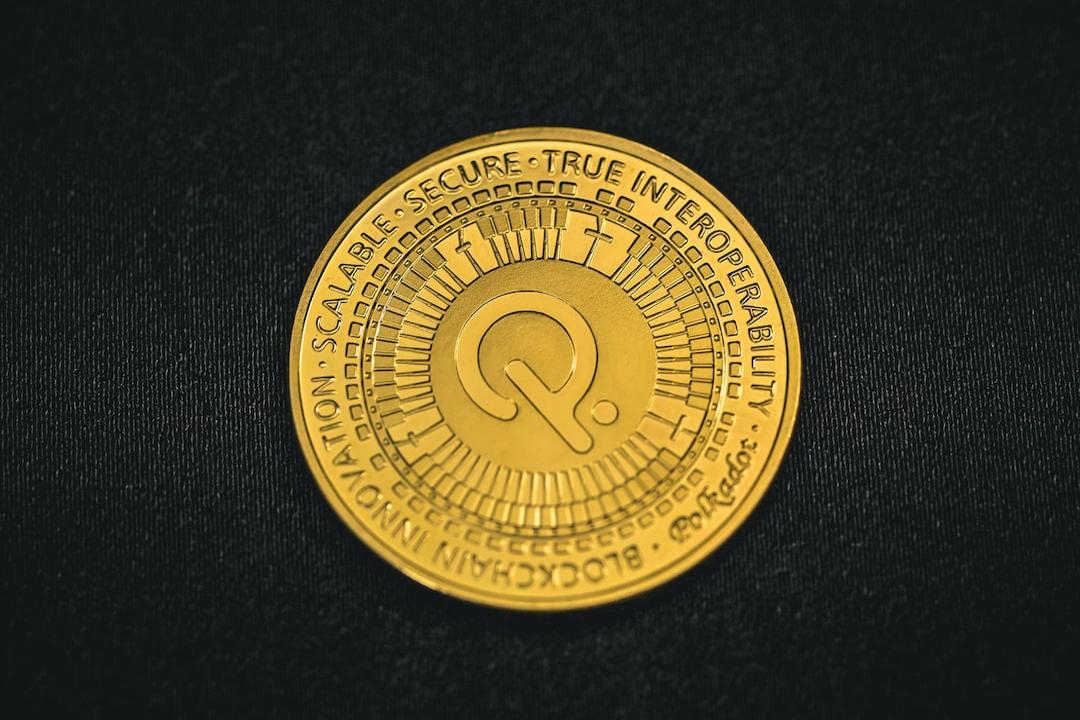
A technical analyst with the username coolbouy flagged a clean Fibonacci retracement between the 0.5 and 0.618 levels—typically known as the golden zone—suggesting a high-probability support area.
Price rejected lower levels on widespread down bars with elevated volume, only to recover with rising demand and expanding spreads. According to this view, the structure signals a shift from accumulation to markup, reinforced by VSA (Volume Spread Analysis) cues.
The setup places ETH USD pair’s short-term target near $3,937, with a stop just below the absorption zone at $3,338. While the upside target implies a 10.8% gain from current levels, the focus is less on the price projection and more on the quality of structural support forming beneath. The analyst argued that the lack of aggressive selling pressure—combined with a clear absorption of prior supply—has improved conditions for another leg higher.

Onchain data supports that view. Open Interest (OI) on Binance has surged past $8.7 billion, hitting an all-time high even as ETH trades near the same levels as its 2021 peak. Back then, OI barely crossed $2.5 billion. The discrepancy shows that leveraged participants are far more active this cycle.
However, funding rates remain mostly flat, signaling that traders have not yet committed to an overly bullish or bearish stance. This combination—rising OI and neutral funding—suggests leverage is building in a balanced way, leaving room for momentum to pick up without triggering immediate risk of liquidation-driven whipsaws.

